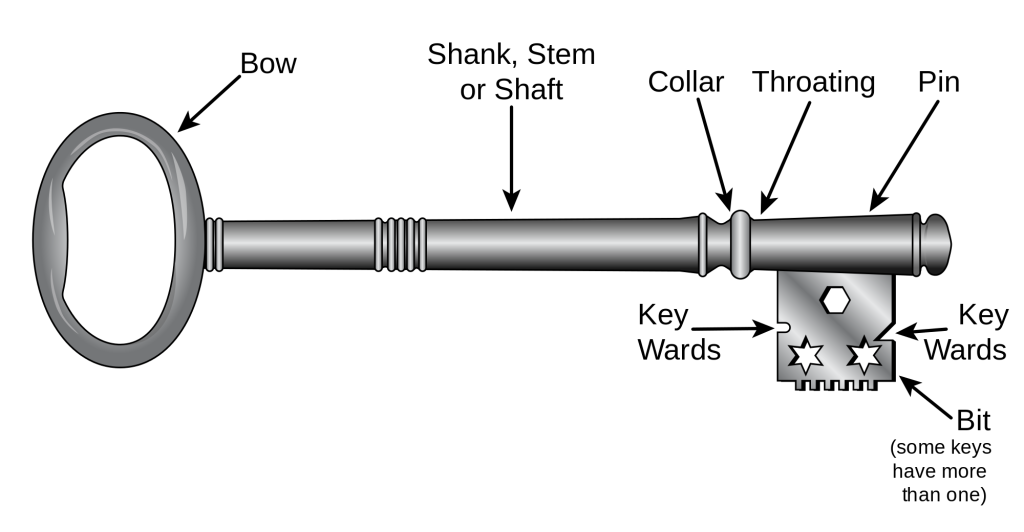All Things Key – Skyla Investigates Part VI
Introduction
Supposedly, we are in Summer now. But here in Dear Old Blighty we have had erratic weather to confuse our internal calendars. That being said, it is time for another instalment of my research for bookish facts. I will be looking into key making in the 1880’s. My delve into everything keys is for a segment of the second instalment in the Hecate Cavendish series. To be more specific, a special key has to be made by a key cutter for Hecate. She must get into the Sacristy and the strong box to reach the banned book. These words are a jumble of cryptic-ness and will become familiar in time.
Forging
The most common type of key was the stamped key. Traditionally, they were made using bellows and fire within a Blacksmiths forge. To create the unique shape of a key, the tip of a glowing hot iron rod would be placed within a mould. The mould would be placed on the top and bottom of the iron to create an equal shape on both sides. Once shaped and slightly cooled, the hot end would be plunged into cold water to ensure it sets quickly. The bow end would then be hand cut and shaped to give it the famous hoop.
Bits and Pieces
I have included a diagram of what the different parts that constitute a key. Over time, keys have become simpler and so the need for so many key wards or bits has lessened. Who would have thought that an everyday item could have so many variations and parts? The type that would’ve been made for Hecate is one similar to the diagram. It would have a large bow because smaller keyrings weren’t common in the 1800’s. The key would be amongst multiple others on a metal hoop, exactly like the one on the cover for The Haunting of Hecate Cavendish.
The different parts of a key can be called different things depending on the era, class and location. Additionally, certain segments have one name to encompass many. For example; the collar, throating and pin are all a part of the shoulder. This is why it can sometimes be confusing to look at multiple different diagrams of keys. Generally, the names have stayed the same throughout time, which is helpful for me at least.
Types and Variations
The material that keys have been made of in the past varies. Sometimes they were made of a variety of metals such as white brass, yellow brass and steel. Prior to Blacksmiths creating keys with metals, they could be made from wood. There were also different types of keys for different purposes. Antique barrel keys and round keys were used for large old doors. They look exactly as you would picture a Victorian key to look; simple, bulky and practical. Another name for these are skeleton keys. However, they cannot open every door in a building like you would expect a skeleton key to, that would be another type altogether called the master skeleton key.
All in all, there are many keys to be had. The key to a strong box, the key to my heart and the key to your car. Each varying in size and shape, just like us. Please join me next time for waffle on another bookish research topic.


Everyone can make money now a days very easily.I am a full time college student and just w0rking for 3 to 4 hrs a day. Everybody must try this home online job now by just use
.
This Following Website—–>>> Dailygooglework.blogspot.Com